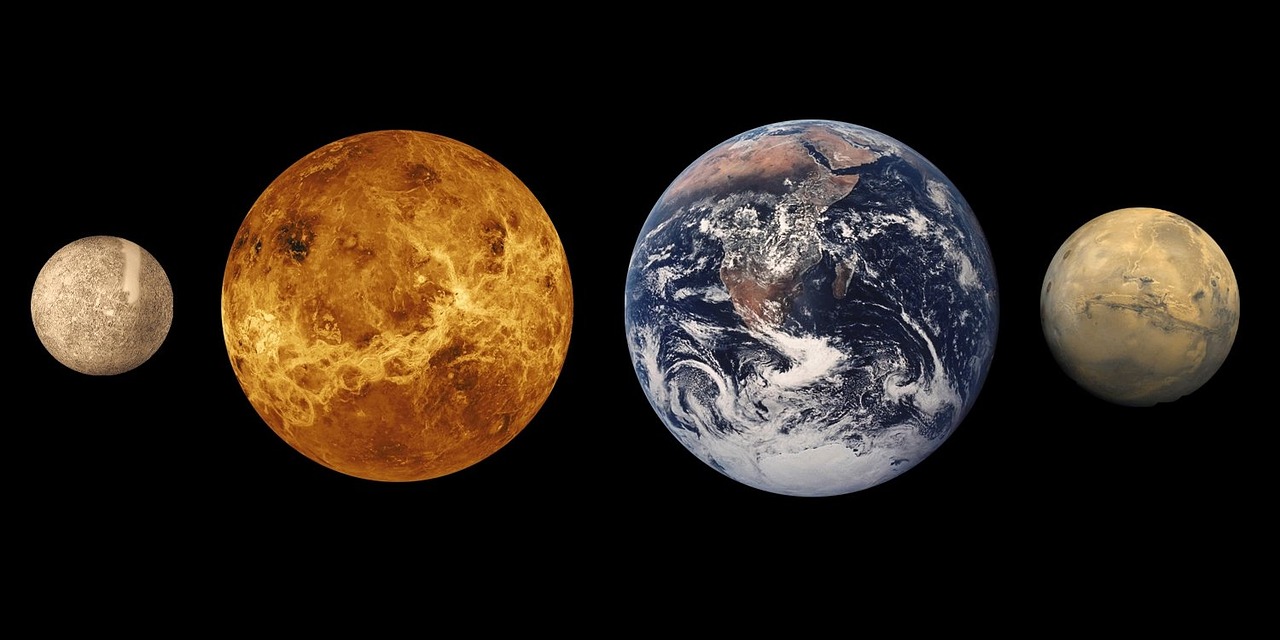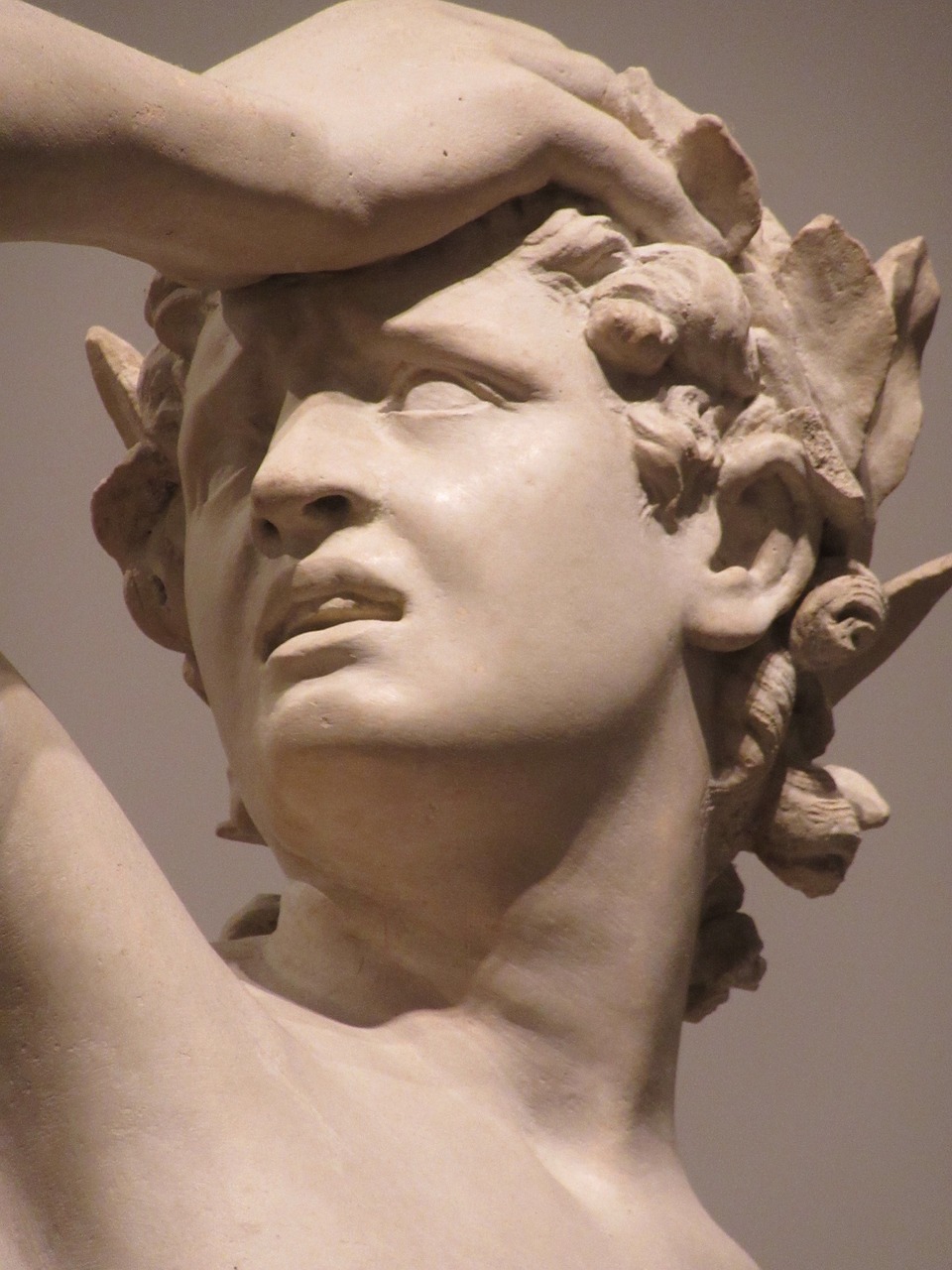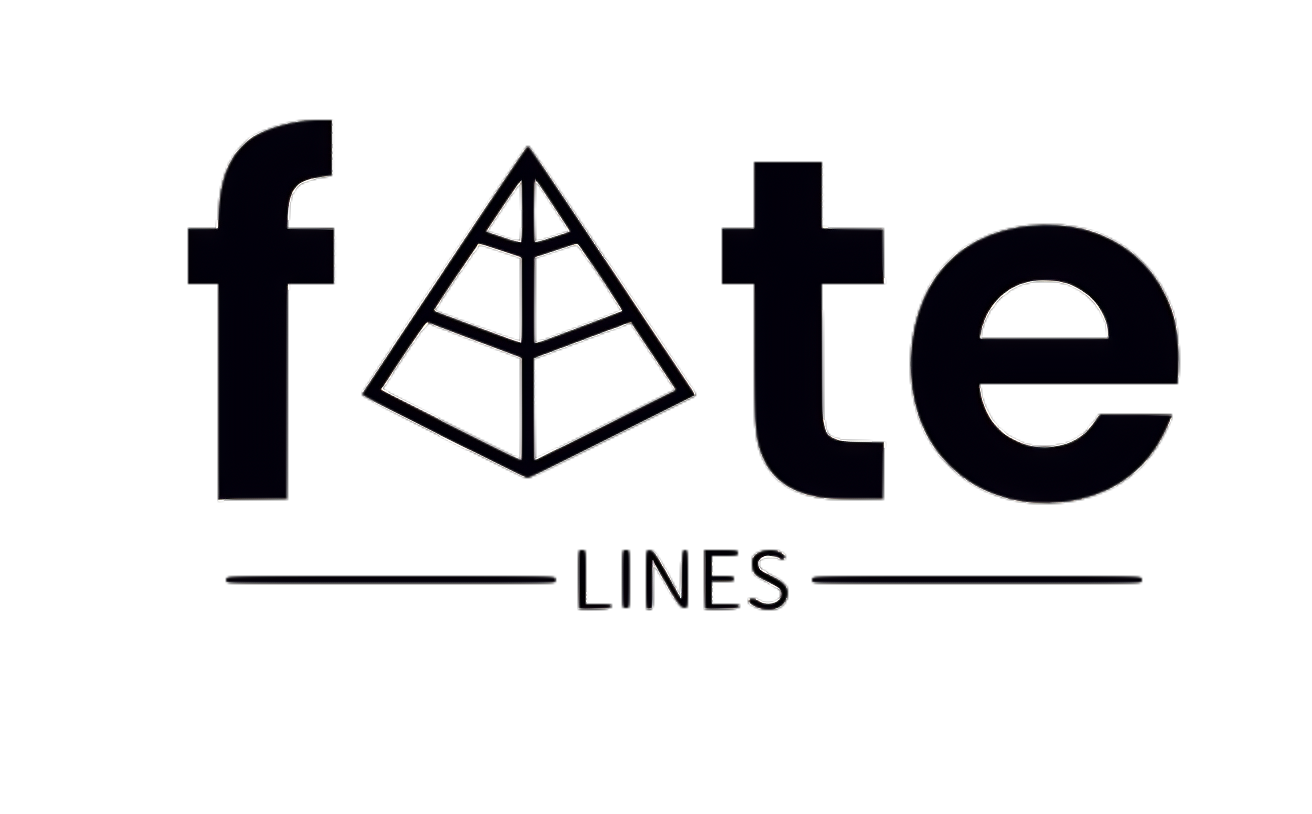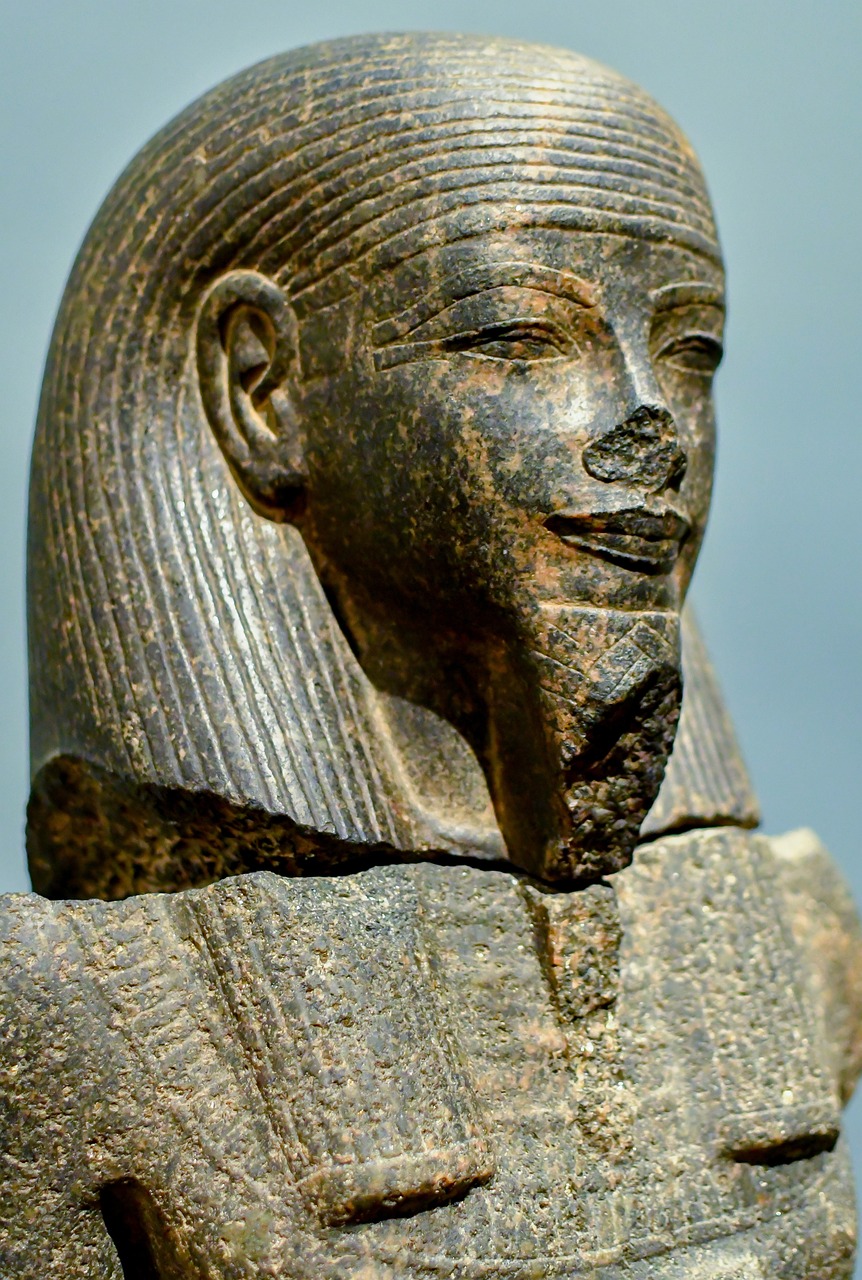Author: Erlang Shen
-
Montu, a lesser-known deity among the multitude of ancient Egyptian gods and goddesses, holds a significant yet often overshadowed position in the rich tapestry of Egypt’s mythology. Revered as the God of War, Montu embodied the themes of conflict, devastation, and divine vengeance. While other deities such as Ra and Osiris garner more fame, Montu’s…
-

Aker, sometimes referred to as Akeru, ranks among the most ancient deities in the Egyptian pantheon, predating other earth gods like Geb in worship and reverence. He embodies the divine representation of the horizon and serves as the protector of the gates leading to the afterlife, facilitating the passage of the pharaoh into the Amduat…
-

The Essence of Ma’at: Truth and Harmony in Ancient Egypt Ma’at embodies both a prominent goddess and a set of critical principles symbolizing truth, justice, and order in Ancient Egyptian culture. Represented in various ways, she occupies a dual role in religious and everyday life, signifying both a tangible deity and an abstract concept of…
-

Ancient Roman Bronze Figurine of Mercury This exquisite bronze figurine, originating from the 2nd century A.D., stands 14.2 cm (5.5 in) tall and features a stunning silverfish-green patina. Notably, this solid cast representation of Mercury—or Hermes in Greek mythology—captures the essence of the god of commerce, showcasing various attributes that illustrate his many roles. As…
-

The essence of victory is rooted not in rituals or offerings but in unwavering dedication, bold courage, relentless spirit, and tireless effort. Victory is earned through hard labor and resolute strength, not merely bestowed by divine or mythical figures. A glorious depiction of victory may stand in an opulent temple, but without the necessary traits…
-

The term “labyrinth” refers to a complex network of paths and dead ends, originating from ancient Greek and Roman architecture. These structures, often underground, were designed in such a way that escaping from them was quite challenging. During the European Renaissance and onward, the concept of a labyrinth evolved, appearing in formal gardens characterized by…
-

The tale of Orpheus and Eurydice stands as the quintessential tragic romance. A renowned Greek myth, it has influenced countless artists, including esteemed painters like Peter Paul Rubens and Nicolas Poussin. Additionally, a multitude of operas, songs, and plays have been composed to pay tribute to the two star-crossed lovers who lost the opportunity to…
-
In ancient Egypt, the goddess Heqet held a revered position as a deity representing fertility and childbirth. Her influence extended across various periods, from the Old Kingdom to the Ptolemaic era, primarily due to her significance in fertility, agriculture, and funerary rites. Women especially revered Heqet, often invoking her blessings for protection during pregnancy. Unraveling…
-

An Enigmatic Figure of Irish Folklore Irish folklore is an elaborate and captivating collection of stories and myths that intricately weave together various characters and narratives. Few places in Europe boast such a rich selection of legends, showcasing everything from fairies to mighty warriors. These tales have inspired countless modern artistic works, including films, novels,…

